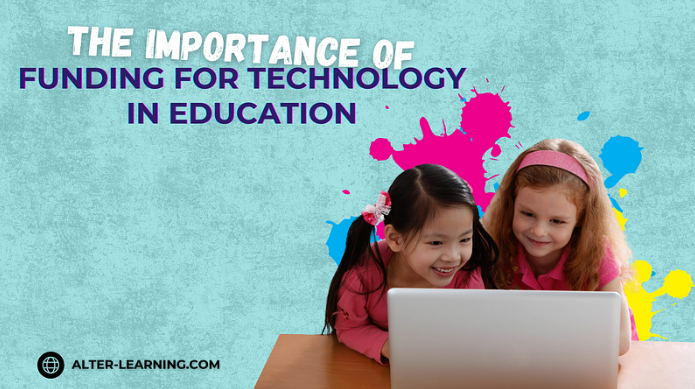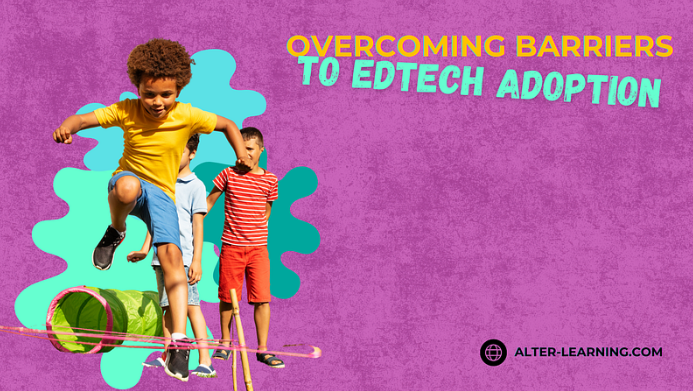Every student learns differently. Some need to see it. Others need to touch it, hear it, or try it themselves. In a single classroom, educators may work with visual learners, auditory processors, kinesthetic explorers, social collaborators, and independent thinkers—all at once. Traditional instruction can struggle to meet this variety of needs. But educational games offer a dynamic way forward.
Through interactive design, flexible pacing, and multisensory experiences, games can support a wide spectrum of learning styles. When used intentionally, they can help teachers personalize learning and engage students on their own terms.
Understanding the Spectrum of Learning Styles
Learning styles are not fixed categories but helpful frameworks that describe how students prefer to take in and process information. Common styles include:
- Visual learners, who benefit from images, diagrams, and spatial organization,
- Auditory learners, who learn best through listening, rhythm, and spoken word,
- Kinesthetic learners, who prefer movement, hands-on exploration, and real-world application,
- Verbal learners, who thrive through reading and writing,
- Social learners, who excel in group settings and discussions,
- Solitary learners, who prefer working independently and reflecting internally.
Meeting all these needs with one method can be difficult—but educational games, by their very nature, often combine multiple modalities.
How Games Can Support Differentiated Learning
Games naturally blend sensory inputs, interactivity, and autonomy. When designed for education, they can become powerful tools for differentiated instruction. Here’s how:
- For visual learners: Games with rich graphics, spatial challenges, and visual cues (e.g. 3D geometry puzzles, interactive maps).
- For auditory learners: Games that use narration, sound design, or rhythm-based tasks (e.g. music learning platforms, verbal puzzles).
- For kinesthetic learners: Simulations and problem-solving games where players act, build, or manipulate environments.
- For social learners: Multiplayer or co-op modes that emphasize communication and teamwork.
- For solitary learners: Self-paced, story-driven games that allow internal reflection and individual decision-making.
This versatility makes educational games adaptable tools for inclusive classrooms.
Examples from the Alter-Learning Ecosystem
Alter-Learning’s immersive learning catalog is built with diverse learners in mind. While no single game fits every student, many include flexible mechanics and design elements that support varied learning approaches.
- Music Hall engages auditory learners with interactive music experiences, rhythm exploration, and composition tools.
- Flores supports visual and kinesthetic learners by inviting players to nurture a garden, observe plant growth, and experiment with environmental inputs.
- Steamhaven Cogworks challenges spatial and mechanical thinkers with physics-based puzzles and energy transfer systems.
- Wellness Center addresses social-emotional learning through dialogue, self-reflection, and emotional recognition—perfect for social and verbal learners.
- Celestial offers exploratory learners an open-ended lunar environment to test hypotheses, manage resources, and solve real-world science dilemmas.
Each of these games is designed to support engagement through choice, creativity, and accessible pacing.
Beyond Labels: Personalizing the Experience
Effective teaching rarely means categorizing students into learning types—it means offering flexible pathways so learners can find what works for them. Games provide:
- Immediate feedback, so students can adjust and iterate,
- Adjustable settings, such as audio cues, color contrast, or difficulty levels,
- Nonlinear paths, allowing students to follow their own logic or interests,
- Safe spaces to fail, encouraging exploration and experimentation without fear.
These features help students develop confidence and agency—regardless of their preferred style.
A More Inclusive Classroom Through Play
Supporting diverse learning styles doesn’t require separate lesson plans for every student—it requires tools that adapt to learners in real time. Educational games, when implemented thoughtfully, can do just that. They offer engagement, flexibility, and feedback in ways that static materials often cannot.
At Alter-Learning, games are designed not only to deliver content but to meet students where they are. With immersive environments, customizable challenges, and cross-disciplinary learning opportunities, games can help make classrooms more responsive, inclusive, and empowering for all kinds of learners.
Because when every student learns differently, every student deserves a way to learn successfully.
Follow Alter-Learning for more insights into immersive education, edtech success stories, and the future of learning. Want to explore how VR/AR could transform your school or learning platform? Let’s connect.




